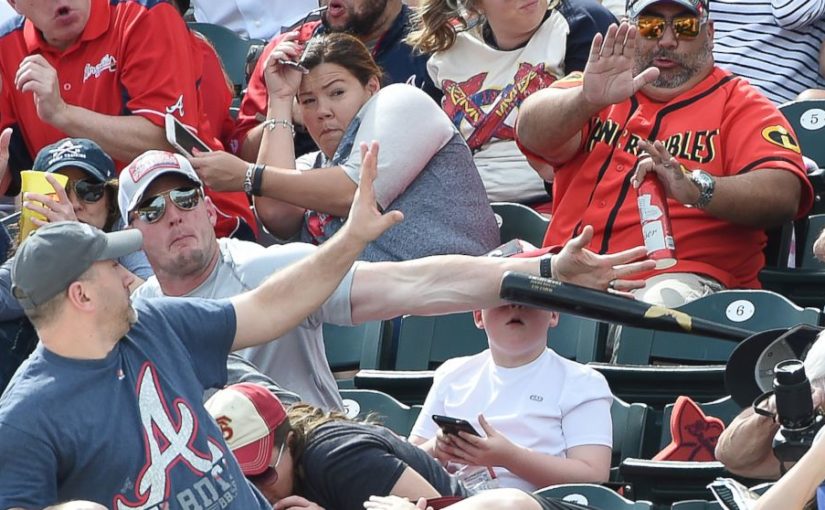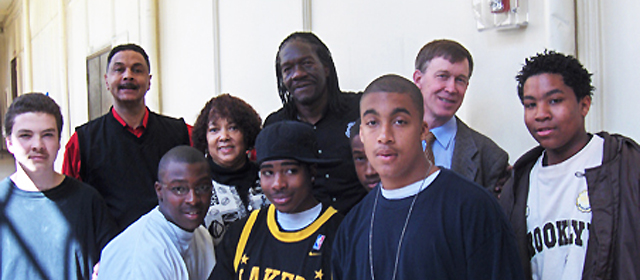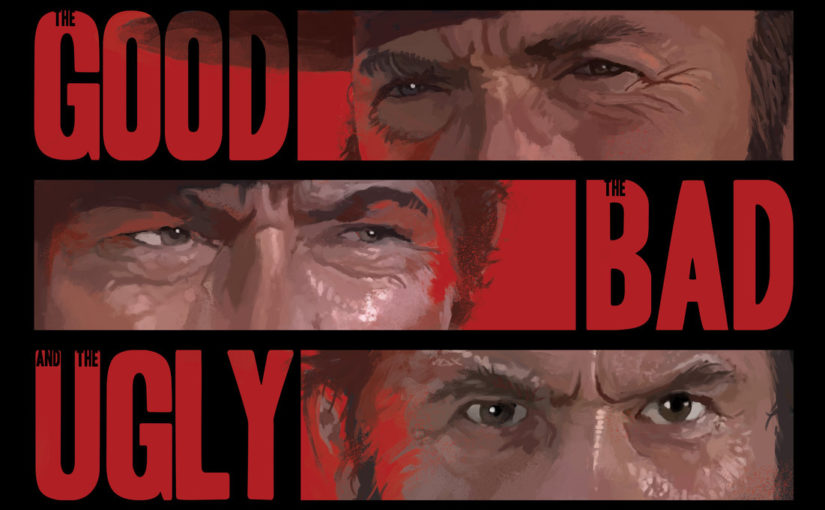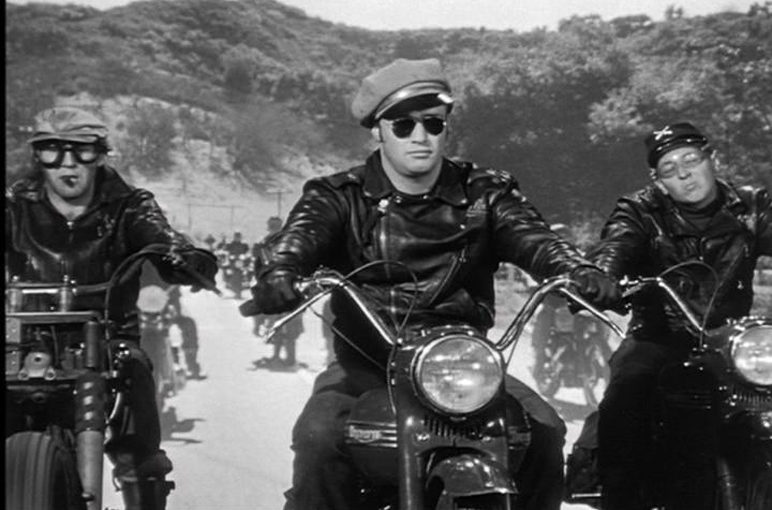This material is quite scientific in nature and direct application to self defense training might be lost to some of the readers, but it is my opinion that as an instructor one should always know the science and principles behind human behaviour under stress. Other thing is that I strongly believe that understanding helps to comprehend principles and concepts behind action faster and this directly affects how fast one is able to absorb new skills.
Selective Attention; Vigilance
By using selective attention an individual is able to pick out the most important information for processing from all the information that is received by the senses. Selective attention is regulating memory information and information picked out by our senses and deciding what to bring to our consciousness. This is also called cocktail party -phenomenon, meaning that when you are surrounded by lot of people talking, you can still pick out the important words for you, for example if you hear your name mentioned.
Life would be surprisingly difficult without the selective attention. In a noisy train station it would be difficult to hear the announcement when you train is leaving, if we could not consciously guide our attention to the information we want to. Same goes for recognizing a friend in a crowd, if you could not pick out the information needed to recognize a friend and compare it to the memory information that you have about him or her, think about that for a second.
So we can guide our attention consciously, but if there is a stimulus that surprises us or stimulus that needs our attention, even when our conscious mind is not at that moment concentrating on it, it will be guided to our attention. This is called the Orienting Reflex or Orienting Response.
Reflex, Reaction and Response
Before going into details I need to define a couple of terms used in this article. I do not like Wikipedia definitions so much, but I will use them here to make a difference between these terms;
A reflex (lat. reflexus < reflectere = bend back) is an involuntary and nearly instantaneous movement in response to a stimulus. It recurs in similar way each time. It is fast and automatic. Some of the reflexes and inborn and some are learned. Scientific use of the term “reflex” refers to a behaviour that is mediated via the reflex arc; this does not apply to casual uses of the term ‘reflex’.
A reaction (lat. reactio) refers to response to other event. In psychology reaction is a response to stimulus, in physiology it is a change that happens in body.
Reflex and reaction is often used concurrently and for the clarity of this article I will use the word reflex to describe responses to stimulus that is not activated by our conscious mind. In my mind reaction is somehow more conscious than reflex. Reactions can also be natural responses to different stimulus, but reactions can also be chemical and reactions can be also acted consciously. For example reacting to bad news received in phone. Reflex in its essence is something more unconscious, something we do not decide to do. Only important thing here is that you make the difference and are able to tell apart action that is conscious and unconscious.
Orienting Reflex
The orienting reflex is an autonomic reflex, this means that it can not be controlled consciously. It guides our attention to stimulus that come to our conscious mind despite of all the other stimuli affecting our senses. The orienting reflex is very primal reflex and is part of the behaviour of most animals, this reflex has been programmed to our genes since very early in our evolution and its main function is to keep us alive. It literally grabs our attention, it is our inbuilt early warning device, the creak on the stairs in the night, the new smell that we do not know.
Think about situation where you are in middle of training and talking to students and suddenly a window or door closes loudly. Everyone’s attention shifts to direction of the noise and whilst the overall responses to the stimulus might differ a lot in a group; everybody has a shift of attention at minimum. Some may merely glance in the direction of the sudden noise others may adopt a kind of startle response, where hands come up and head goes down and at once the direction of the stimulus, it is a spectrum but there will be a response.
If the door or window closes frequently, there will be familiarization to the stimulus and responses will not be that strong people will allow the noise to become background. In the end of the training it might be that there is no shift of attention at all. The stimulus that results in the orienting reflex is sudden and unexpected, if there is preparation and expectation the reflex is not so strong or it will not appear. If there is no preparation the reflex is strong, just try slapping your focus pads together unexpectedly during a training session.
Stimulation of the orienting reflex will abort any ongoing task. That is its function. It forces our attention to shift to possible threat and at the same time the amygdala will initiate the flight or fight response. All this happens in milliseconds and our human brain has not yet have time to process the information for us to even know what the stimulus is. Is it something that is threatening our safety and life or is it something harmless? Once the information from the stimulus is processed and it is recognized as not life threatening, one will experience the feeling of relief. We can feel it in our body as the stress hormones are standing down and preparations to fight or flight will cease.
From the point of view of self defense this is meaningful reflex to understand. This can not be unlearned, at least not completely, but getting used to unexpected stimulus during a confrontation will reduce the time for us to consciously understand what is happening, allowing us to recover faster and process our thoughts and actions more effectively.
Protective Reflexes
The protective reflexes are closely related to the orienting reflex, while the orienting reflex shifts our attention in the direction of the stimulus and is more psychological in nature, the protective reflexes will protect us physically. We can separate out two distinct functions two parts of the physical response that protects us.
The first is the well known startle reflex that is a universal response to threat stimuli. It is most clearly seen when the direction or the source of the stimulus can not immediately be identified. This is a primary reflex, where shoulders go up and protect the neck whilst the head and chin go down and basically whole body tries to go to fetus position when standing. The hands come up to protect the head and when this happens our lizard brain has got the lead and human brain has not yet had time to process the information to realize what is going on. This is our primitive response of the oldest part of our brain, the amygdala automatically triggers the preparations for fight or flight.
The protective reflex is the physical movement of body and hands that follows the startle reflex. It happens when the direction of the threat is recognized. Recognition can happen through seeing the threat, hearing or feeling it.
The protective reflex is not so universal in its nature it as the startle response, it varies from person to person, from one situation to another. It can be strong or weak, it can lead to freezing or sudden action, the power of the stimuli can be an influencing factor, if a dog attacks you, would you react the same if it were a toy Poodle or a Rottweiler?
Usually the reflex promotes symmetrical movement where hands move the same line forward or backwards towards the head. However,this is not fixed it can be that only one hand is pushing forward, while other hand protects the head. The main thing is that it does not matter how much one has trained to develop a certain response to a threat the automatic protective reflex cannot be overridden by training, we may alter it but rarely will we eradicate it.
What we can train for is how fast we are able to start productive action after the protective reflex has occurred.
In Training
From training point of view it is important to understand that even when training helps us make use of these reflexes and training helps us to get used to different stimulus that normally produce strong uncontrollable reflexes, these responses cannot entirely be shut down. If and when the stimulus is strong, autonomic reflexes will reappear. Not all reflex responses can be transformed into something tactical. Sometimes it can be that reflex makes you take a step backwards. This has to be taken into account when training the action after protective reflex has occurred. What we need to think about is how fast can we get back into the game?
My answer, it depends. After we orientate towards the threat and the protective reflex occurs it then depends on many variables how fast we are able to make the conscious decision to go forward against the threat or retreat as fast as possible. How strong is the pressure created by the stimulus? How close to the reflex is our trained response? Training can make a difference but we need to know what is happening.
It is also a question of how early in moment we are able to pick out the stimulus. The earlier we pick out the incoming stimulus the more we have time to process the information, the less the pressure created by incoming stimuli will be.
The more simple, more symmetrical, more close to the original reflex our trained response is the more able and faster we are able to make it into something tactical. When training it is important to train conscious action after the stimulus has been created by a strong protective reflex. This training cannot be done by deciding that now I will make protective reflex, it has to produced naturally.
Reflexes can not be omitted in training by thinking that all it requires is more training to make them go away or manage them tactically. Reflexes need to be taken as something that are within us and will stay within us, no matter how much we train. We can use them to our advantage and we can experience them in training and practise getting into action faster after such reflexes appear. Exposure and experience will make these reflexes our friends.
Many times I have heard, and also trained myself, using the natural reaction of human being to defend against an attack. The principle is sound. Techniques and tools, based on the movement of natural reflexes is good. It can be moulded by training into something tactical and usable in real life situation. However, if you really think about the original, the ultimate purpose of these reflexes, it is something that is out of our hands. They are unconscious reflexes produced without our frontal cortext, our human brain, processing the information or selecting the logical response. Nobody decides to have an reflex, it is decided for us by the lizard brain, the amygdala.
Intention – Beginning – Movement – Hit
One needs to train for different stages of response to threat stimuli and how to react and respond to them.
- Intention of an attack: This means simply that when attacker shows intention of attacking by closing distance the defender will go into action.
- Beginning refers to beginning of the movement, where the pressure of the attack is weakest, the pre-contact cues.
- Movement means training against the actual attack which is already on its way to target. This is the most common stage of practising against attacks. This is most likely stage of producing autonomous protective reflex.
- Hit, refers to situation where defender has not been able to defend and the attacker hits its target. This is also important thing to practise. If consciousness is not lost, the defender needs to be able to get back into the game asap. An attack that hits will produce some form of reflex, may it be just psychological momentary freeze, before the defender is able to burst into action. This depends on the training and experiences.
Operant Conditioned Responses
Operant conditioning responses to certain stimuli is the method most commonly used when training animals. It is also method used when training self defense. The purpose of conditioning is to produce desired response to a stimulus that triggers it. In training, response is either rewarded with success when the defender is able to thwart the attack and evades being hit. Or it is punished by failing to produce desired response, what results in being hit. Positive experiences make the behaviour more likely to repeat, whereas negative experiences reduce the behaviour.
Operant conditioning is best produced by repetition. The desired response is repeated again and again in response to a certain stimulus, in different situations, so that it will become the most likely action taken when the stimulus is identified. We literally programme the brains response to the stimulus.
This brings us to the main point of operant conditioning. Conditioning can be universal in nature, for certain stimuli, for example being hit produces psychological and physical response of attacking with an offensive attitude to gain upper hand in a fight. Conditioning can also be more specific. A straight punch attackwill be conditioned to produce certain defensive response and circular punch will produce another response and a knife attack downwards a third response and so on. This is the most common way of training MA/SD, it is what we do.
The problem with this type of conditioning is the identification of the stimulus before an appropriate response can be triggered. If the conditioning is specific to the attack, then the need for identification and proper response selection from memory needs to happen before action takes place. This is where OODA -loop comes into play, if the stimulus is something general in nature, for example the identification of pre-attack indicators like in a monkey dance then the response is also something general in nature such as adopting a defensive stance. Here the trained response is easier to perform and more likely to succeed in real life. No need for specific identification and no need for selection from multiple attack specific responses.
However, if the conditioning is more specific, for example a defence against straight punch, the movement itself needs to go through the identification process before action can be taken. This brings the attacker already so much closer to hitting his target that active, forward moving response is really difficult to produce. Here the protective response is more likely to kick in not trained responses, because the lizard brain will take charge from the human brain once the threat (the punch) is seeing coming towards the face.
It is important to understand that no matter how well conditioned we are to respond to a particular stimulus, it is something that will not erase the protective reflex. If the stimulus is sudden and takes us by surprise the protective reflex will dominate. Too many times in conditioning training, these protective reflexes are seen as a mistakes, rather that opportunity to train productive action after the reflex. This is itself a major mistake, think about how you train!
Operant conditioning is is a great method of training and some form of conditioning always happens when training. It just depends on what we are training to condition ourselves to. Think about this and re-read the Intention – Beginning – Movement – Hit paragraph again.







